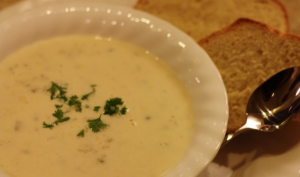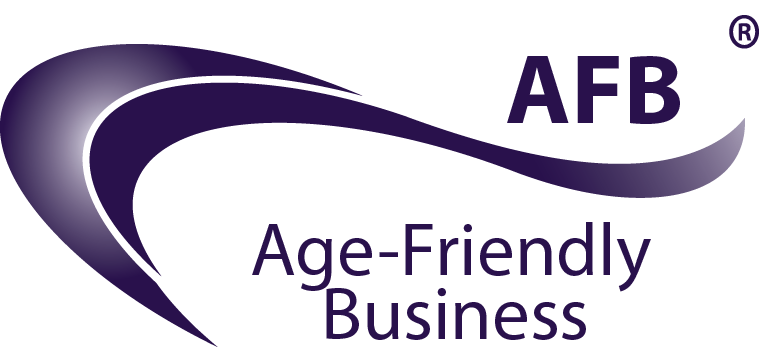
When we think of giving, we turn our thoughts to money, gifts, and perhaps the act of service.
Donating to worthwhile causes and offering the gift of our time and talents are important contributions.
Giving is associated with the notion of philanthropy.
When we look to the derivation of the word, we find that philanthropy refers to the love of humanity, the love of what it means to be human for both the benefactor and the beneficiary.
Whole philosophies have been written about what it means to be human.
Perhaps a fundamental element of our humanness involves our ability to recognize our humanity within ourselves and others.
I had a poignant experience when a friend called and said, “I just wanted to tell you that I see who you are.”
The gift of recognition – I was moved beyond words.
I wonder if she realized her willingness to look to the unique expression of another person’s humanity was an ultimate act of giving—of philanthropy.
Imagine bringing that gift of recognition to all our interactions – with our family, friends, community, commercial and professional engagements.
How to Bring the Gift of Recognition
The Jewish Philosopher Martin Buber purported that our relationship with others’ lives in the space between us. How we care for that space between us will impact the quality of our relationships. When that space is cluttered and distorted with judgments and assumptions, we lose our ability to move freely across the space to experience fully the true essence of another.
Keeping the Space Between Us Clear
1. Be present. When you are with another—whether it is offering a professional service, advice, support, or bagging groceries, be there. Make that individual feel that in that moment, he or she is the most important person to you. Put aside your personal ‘To Do’ list and offer your full attention.
2. Set your intention that this encounter, no matter how mundane, will be about the other person—fully.
3. Suspend your beliefs, assumptions, expectations, and judgments long enough to hear what the other person is really saying. The act of listening is an art.
4. Pause before you respond. Don’t try to finish his or her sentences so you can rush in and say what is on your mind.
5. Once the person has finished speaking, check in. Repeat what you heard to ensure you understood the point they were making.
6. Ask how you can best serve them — advice, support, or simply silence.
I return to the power of the call from my friend. I am inspired to attend to my ‘spaces between’ so that I can offer the treasured philanthropic expression of the gift of recognition.
I hope to see you soon.
Rhonda Latreille, MBA, CPCA
Founder & CEO
Age-Friendly Business®
Creamy Clam Chowder
 Makes 4 Servings
Makes 4 Servings
Ingredients
•2 tsp (10 mL) canola oil
•1 pkg (8 oz/227 g) mushrooms, chopped
•1 small onion, diced
•3 cloves garlic, minced
•2 stalks celery, diced
•2 tbsp (25 mL) chopped fresh parsley or 1 tbsp (15 mL) dried parsley
•1 tbsp (15 mL) chopped fresh tarragon or 1 tsp (5 mL) dried tarragon
•3 tbsp (45 mL) all purpose flour
•2 cups (500 mL) skim milk
•1 cup (250 mL) sodium reduced vegetable or fish broth
•1 can (142 g) baby clams, drained and rinsed
•1 cup (250 mL) corn kernels
Directions
•In a soup pot, heat oil over medium heat and cook mushrooms, onion, garlic, celery, parsley and tarragon for about 8 minutes or until liquid starts to evaporate. Stir in flour until well coated.
•Pour in milk and broth; bring to a gentle boil. Stir in clams and corn and simmer gently for about 5 minutes or until thickened and bubbling slightly.
Nutritional Info Per Serving (1¼ cup / 300 ml)-Calories 208, Protein 18 g, Total Fat 4 g, Saturated Fat 1 g, Trans Fat 0 g, Cholesterol 21 mg, Carbohydrates 27 g, Fibre 3 g, Added sugars 0 g, Sodium 126 mg, Potassium 886 mg.
Recipe developed by Emily Richards, PH Ec.2014 Reprinted with Permission from ©Heart and Stroke Foundation.
The Art of Listening
“Listening is an art that requires attention over talent, spirit over ego, others over self.”
Dean Jackson


0 Comments